With instances of murder accused choosing to use a variety of tools to dismember victims on the rise, investigators discuss why it’s their worst nightmare

Photo Illustration/ Uday Mohite
On June 14, the Mira Road police, investigating the murder of Saraswati Vaidya, 32, allegedly by her live-in partner Manoj Sane, hit their first major breakthrough in the investigation. Sane and Vaidya were co-living for three years till their neighbours alerted the police about a foul stench emanating from their residence at Akashganga building earlier on June 7. The police raided the home to see what they say they hadn’t encountered in their careers. They had walked in on three buckets spilling over with human flesh; some more was in a pressure cooker and human hair was scattered on the ground. The stench was powerful enough for the police to wonder how Sane had managed to live there since June 3, when he had allegedly killed her.
ADVERTISEMENT
As gruesome as the murder was, the police had bigger challenges to surmount. All they had to base their theory on was Sane’s version. However, a confession in police custody has no value as evidence. The reason why this would prove to be a major hurdle was that the victim’s body dismembered; the chances of gathering forensic evidence that linked the body to the accused were next to nil.
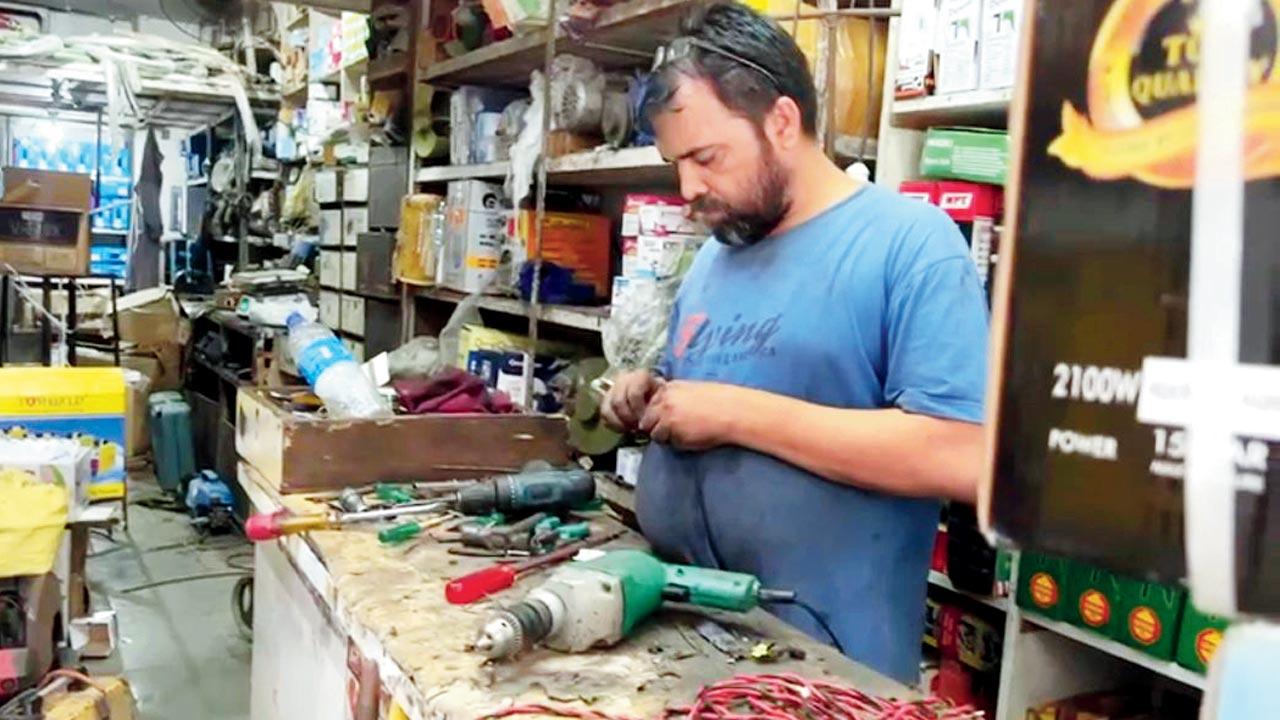 Fahim, the employee at Karthika Enterprises, still cannot believe that he sold, and later repaired, a chainsaw to a brutal murderer. Pic/Hanif Patel
Fahim, the employee at Karthika Enterprises, still cannot believe that he sold, and later repaired, a chainsaw to a brutal murderer. Pic/Hanif Patel
From June 7 to 14, Sane, say the police, was making frequent claims; the main one being that Vaidya died by suicide and he only decided to hack her because he feared that he would be held responsible for the death. It wasn’t the strongest of defence claims, but enough to create a hitch at trial stage.
On June 14, after days of interrogation, the police had stumbled on a nursery in Mira Road whose staff said they had sold pesticide to Sane; the same pesticide which is believed to have killed Vaidya.
It was no different for the Mumbai Police Crime Branch in 2019 when Vakola musician Bennett Rebello was murdered by his adopted daughter at his residence. There, the challenge was greater because the police stumbled on the dismembered body stuffed in suitcases, first, and had to conduct a reverse investigation to identify the person before zeroing in on the accused.
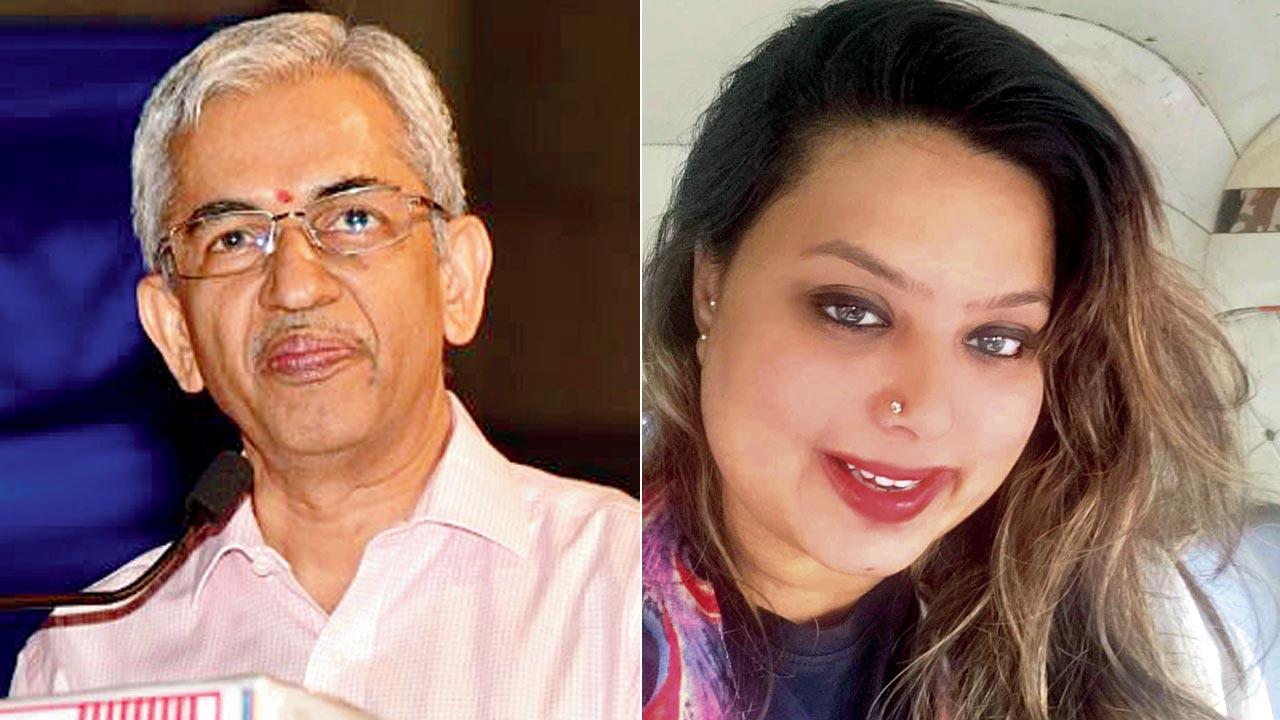 Retd DGP Praveen Dixit and Dr Ruttuja Karkhanis
Retd DGP Praveen Dixit and Dr Ruttuja Karkhanis
“The first clue was an arm and leg wrapped in clothes and packed in a suitcase, which washed ashore behind Mahim Dargah on December 2. Using a label on the shirt that the leg was wrapped in, we traced the tailor who stitched the garment, got a first name for the victim and then turned to social media to identify him. Fortunately, we were able to find Rebello’s Facebook profile, where he had posted an image of his business card for prospective clients to contact him. We used that to track his address,” an officer on the investigating team recalls.
Even then, the accused—a 16-year-old girl who Rebello had taken in after he found her roaming the streets of Ghatkopar—had not admitted to the murder. And when she did, she accused Rebello of sexual assault. The police had to sift through counter claims before charging her and two friends for the murder. The case is now awaiting trial.
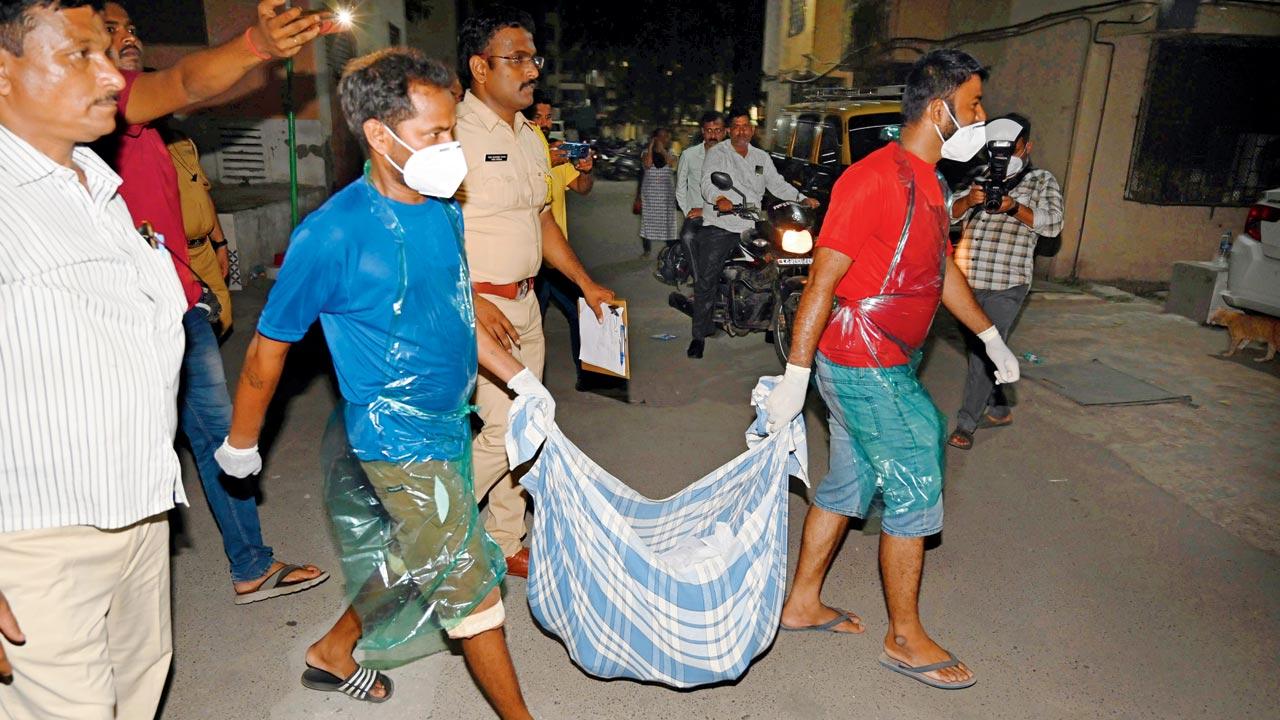 It took the Mira Road police and mortuary workers several trips to fully recover the body of Saraswati Vaidya, who was allegedly killed by her live-in partner Manoj Sane. Pic/Hanif Patel
It took the Mira Road police and mortuary workers several trips to fully recover the body of Saraswati Vaidya, who was allegedly killed by her live-in partner Manoj Sane. Pic/Hanif Patel
IPS officer Praveen Dixit, who retired as Director General of Police, Maharashtra, says that cases that involve dismembered bodies require them to explore multiple avenues; the traditional investigation techniques don’t cut it. “The accused usually makes all kinds of claims, but the fact is that a murder has happened and someone has committed it. Analysis of DNA evidence and forensic samples, surveying Closed Circuit Television (CCTV) camera footage, all help us. Besides, we can now rely on electronic evidence, including mobile like chat conversations, data from social media, etc.,” says Dixit.
Seasoned officers say that the most controversial case in India where the victim was dismembered was the killing of television industry executive Neeraj Grover, for which actress Maria Susairaj and Lieutenant Emile Mathew were arrested. Susairaj and Mathew hacked Grover’s body with kitchen knives shopped at a supermarket, stuffed the pieces in garbage bags and dumped them in Manor in the Thane district.
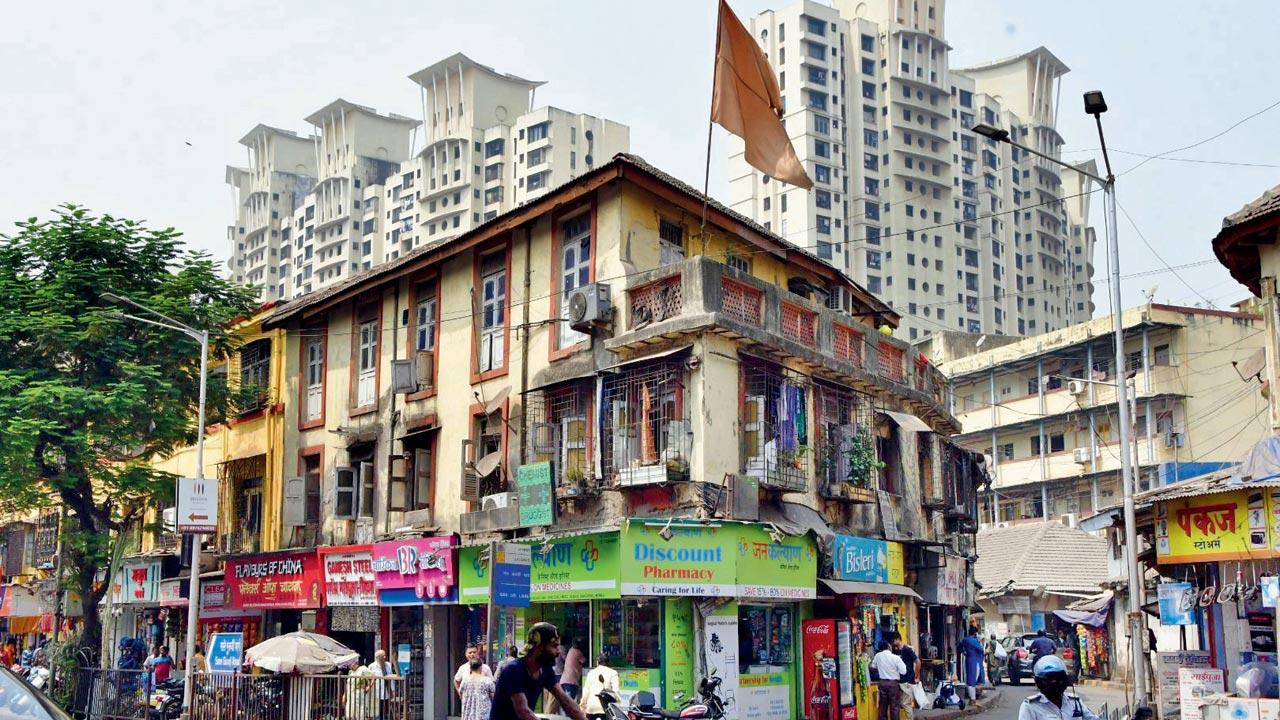 The Ibrahim Kadim Chawl, where 23-year-old Rimple Jain allegedly killed her 55-year-old mother Veena and dismembered her body in an attempt to dispose of it. Pic/Ajinkya Sawant
The Ibrahim Kadim Chawl, where 23-year-old Rimple Jain allegedly killed her 55-year-old mother Veena and dismembered her body in an attempt to dispose of it. Pic/Ajinkya Sawant
“The primary objective [in cases where the victim’s body is chopped up] is always destruction of evidence,” says a former Crime Branch officer. “The trend began with the accused chopping up the bodies and scattering them in various locations in order to make it impossible for the body to be discovered in whole. The absence of a body significantly hampers a murder investigation. Usually, once the deceased is identified, it is a matter of looking at people closest to the victim. Chopping makes identification difficult.”
In November 2008, a body cut into five pieces and stuffed into three suitcases was found outside the Willingdon Club in Tardeo. The proximity to the plush members-only club led observers to assume that it was a high-profile murder. A week later, however, the Tardeo police had identified the deceased as a daily wage labourer—based on a missing persons filed by his family—and arrested his three roommates, who had killed him following an argument. The fight erupted because the victim had refused to lend them money to buy liquor.
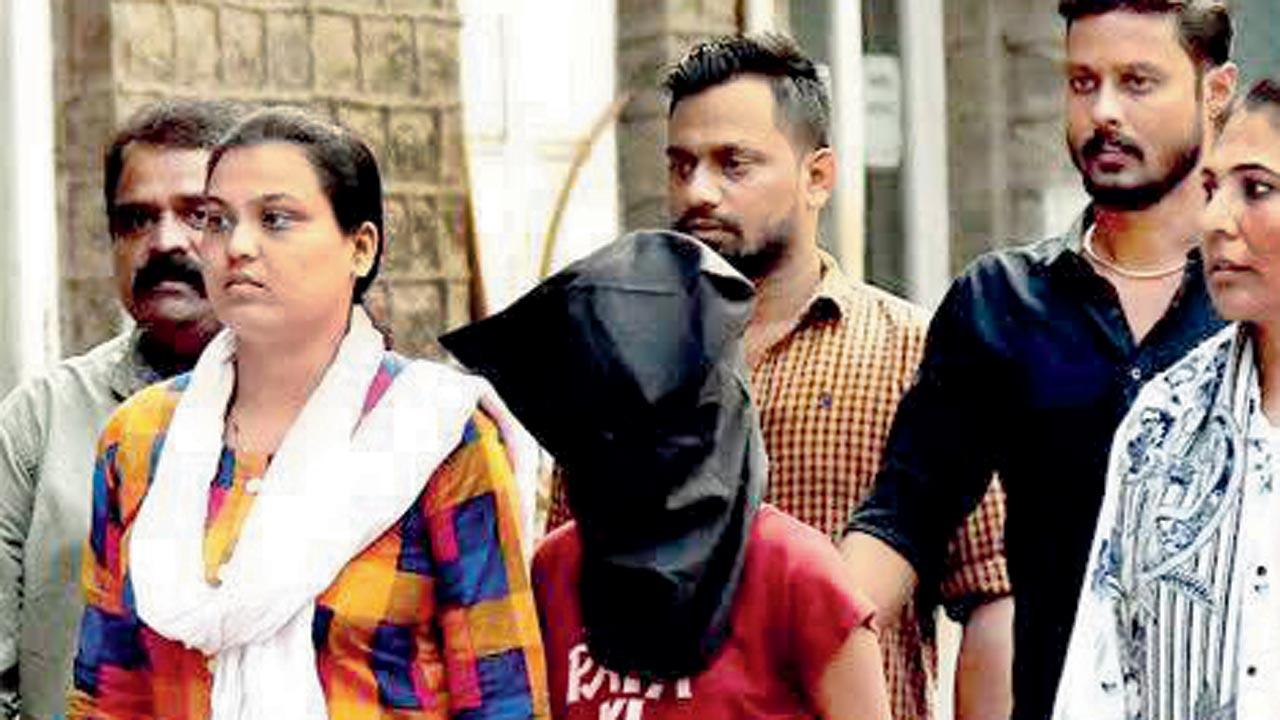 Musician Bennett Rebello was murdered by his 16-year-old adopted daughter, after which she, her boyfriend and their mutual friend hacked the body into pieces. The trio checked YouTube and learned that a heated blade cuts through bone faster
Musician Bennett Rebello was murdered by his 16-year-old adopted daughter, after which she, her boyfriend and their mutual friend hacked the body into pieces. The trio checked YouTube and learned that a heated blade cuts through bone faster
Despite the most earnest investigation, the absence of a body threatens the chances of a case standing in court as was proven when in March 2018, Kirti Vyas, a finance manager with a salon chain in Mumbai, went missing while on her way to work. The Crime Branch went on to arrest two of her colleagues—a couple in an extra-marital affair—for her murder. The police said that Siddhesh Tamhankar was allegedly embezzling funds from the salon’s account and Vyas had smelt a rat. She was going to report him when Tamhankar and his lover, Khushi Sahajwani, decided to strangle Vyas in his car.
Five years later, all the police has in terms of physical evidence is blood stains in Tamhankar’s car boot, whose DNA matched with Vyas’ parents. The body, despite the police’s best efforts, was not found. The case features among the rare ones where a chargesheet has been filed without a body being found.
Even in the Bennett Rebello case, the accused had all of his neighbours convinced that he had gone abroad to visit some relatives. Had the first suitcase not washed ashore, the Mumbai Crime Branch would not have reached his doorstep and never nailed the woman’s lie. “It was only after the first suitcase was discovered that we put together a team of fishermen volunteers and scoured the Mithi river till we found the rest of the pieces, packed in two different suitcases,” says an officer.
Clinical forensic scientist Dr Ruttuja Karkhanis More agrees that it’s the need for self-preservation that is the driving force behind the act of dismembering a dead body. “It takes a certain departure from the norm to take a human life. And once you do, the feeling that prevails is to ask yourself, what could be worse that could happen? Often, the victims in such cases are in a close relationship with the accused, like parents or romantic partners. Their instinct is now to destroy any signs of that [them having taken a life] having happened.”
More’s theory about the accused and the victim knowing each other holds true for all the above cases, and two of the most sensational murders to have come to light in recent times: Shraddha Walkar’s murder by her live-in partner Aftab Poonawala and Rimple Jain from Kalachowkie, who was arrested in March this year for allegedly murdering her mother Veena Jain. She is accused of chopping her body to dispose it off. Like Sane, Jain, too, has claimed in the interrogation that Veena died after she was injured in a fall. Poonawala, arrested by the Delhi police, had expressed remorse but took complete onus of his actions, the police had told the press.
More adds that it would be wrong to compare these accused with notorious killers like Ted Bundy and Jeffrey Dahmer, who were habitual offenders.
“It is important to understand that all humans have a degree of psychopathology associated with them. It depends on which of us is more triggered and when; a situation that compels us to murder can trigger someone,” she says.
Copycat syndrome is for real, say the police, about an increase in the number of cases involving dismembered bodies. During countless interactions between the police and the press, the top complaint is about the media’s detailed reportage of gruesome crimes, coupled with the claim, ‘gives ideas to others’. “The need for the media to report in detail about all crimes and the reasons thereof are something we have been hearing about for a long time now. It may be time for the law enforcement machinery to take a look at its own functioning, and what details are released to the media. In cases of sexual assault, lurid details are not released or allowed to be reported in press. It may be worth considering whether the same should be done for gruesome murders. Murder accused search the internet for ideas to dispose of dead bodies, that’s a fact,” Dixit says.
For instance, Manoj Sane, the police found, searched online for “how long it takes for the body to rot”. Rebello’s killers, who include 16-year-old adopted daughter ‘s boyfriend and their friend, also found out through YouTube that a heated blade cuts better through bone. They bought the largest kitchen knives they could find in the local market and spent the next 48 hours heating the blade and chopping the body.
Tools and weapons used for such purposes are freely available. Poonawala used a meat cleaver, a knife he had learnt to use with finesse during his sous chef training days. Jain used a marble cutting machine; Sane bought a chainsaw that is used for hacking trees. In an interview to mid-day on June 10, a man who identified himself simply as Fahim said that Sane had bought the chainsaw on June 4 from Karthika Enterprises in Mira Road, where he worked. He returned two days later to have it repaired after it broke. Fahim told mid-day that there were no bloodstains on the saw when he repaired it. Like with everyone else who had a brush with Sane, he cannot believe the man was behind a heinous act, and that he repaired the tool for hacking a human body.
 Subscribe today by clicking the link and stay updated with the latest news!" Click here!
Subscribe today by clicking the link and stay updated with the latest news!" Click here!







